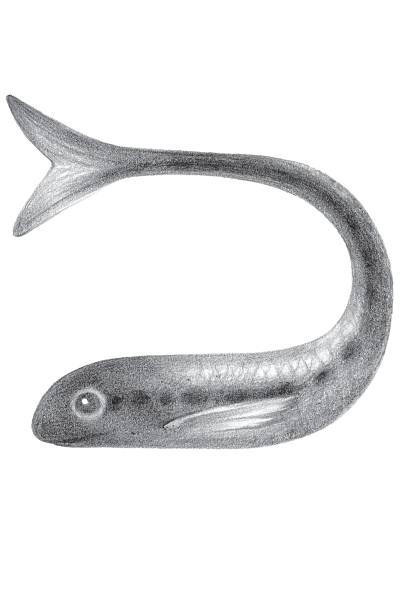465 million years ago the celestial soup began to settle. Carbon cradled our atmosphere, and from the blue emerged green. Algae was born. The tiny photosynthesizers were the only vegetable residents of earth for half a billion years. They congealed, forming mats that clung onto the shorelines. Land ho. Edging away from the ocean, they evolved into a species known as bryophytes — the first plants to colonize land. As small non-vascular creatures, bryophytes began their excursions clinging closely to the ground, growing soft blankets of moss over the naked, stony land.
And over the course of some 65 million years vascular plants appeared, equipped with tough cell walls and increased physical strength, allowing for more adventurous architectural experimentation. The geometry of life radiated and diversified. The plants went on and discovered more land. For a long time they were bare-boned, simply branches reaching in a fractal gesture above and below. According to archeologists, these evolved into the now-extinct ancestors of ferns; a species known as archaeopteris.
Carbon levels gradually declined, and to adapt leaves unfurled from the solid stems, fanning outwards acting as solar panels. Next came gymnosperms, marking the sexual revolution from spores to seeds. The great gingko tree is a founding member of this club. And then 140 million years ago arrived the angiosperms — flowering plants, peppering the green world with color, suffusing the air with the chemicals of communication.
From these flowers wafted fragrance — indicators of the mysterious world of chemical artistry, developed through dramatic existential saga of seduction and repulsion with the insect world. These chemical mechanisms, secondary metabolites — toxic and intoxicating — can produce visionary experiences when consumed by larger mammals.
Some think it’s just a cool coincidence or ‘epiphenomenon’ that these visionary compounds produce extra-ordinary states of consciousness, and different ways to perceive and understand this human experience. Others say it’s the gift of an omnipotent agent. Be it a lucky chemical quirk or by divine design, it’s a beautiful thing to share a world with plants that cleanse our perception, and remind us their story is not so different from ours: a long, amazing experiment in adaptation, creativity, chemistry and curiosity we call life.

